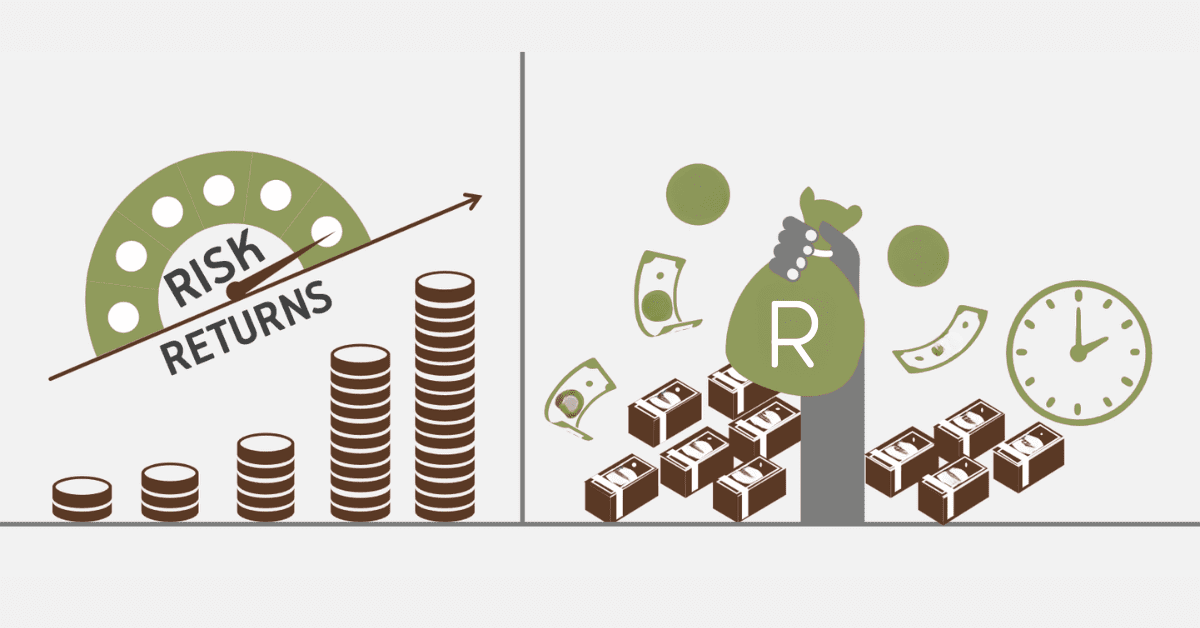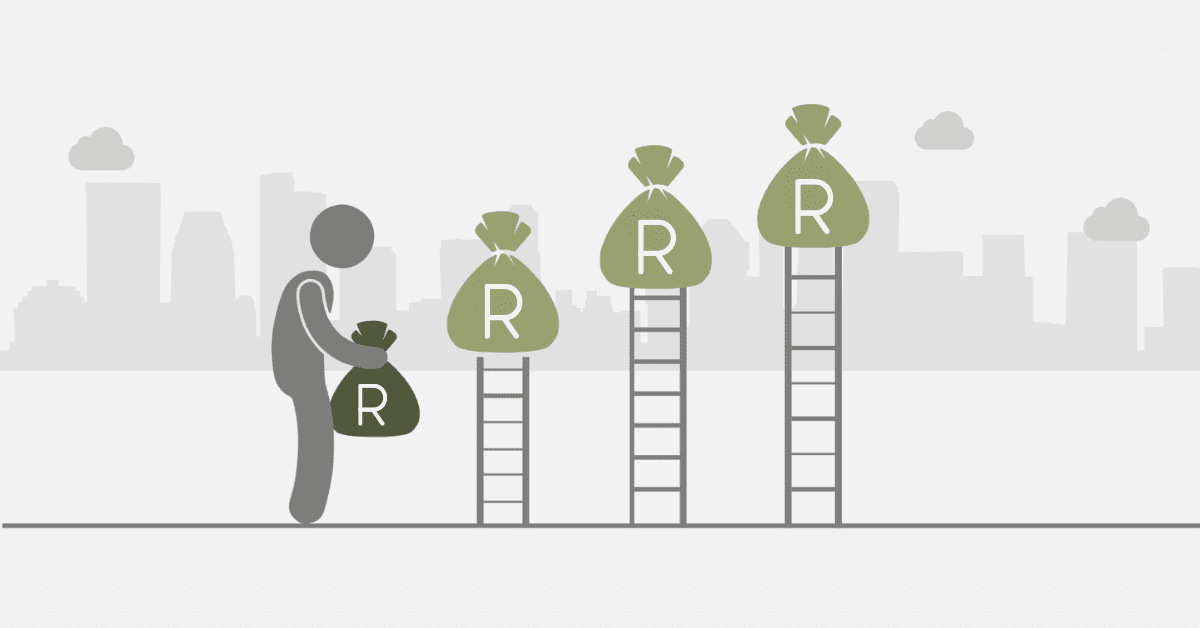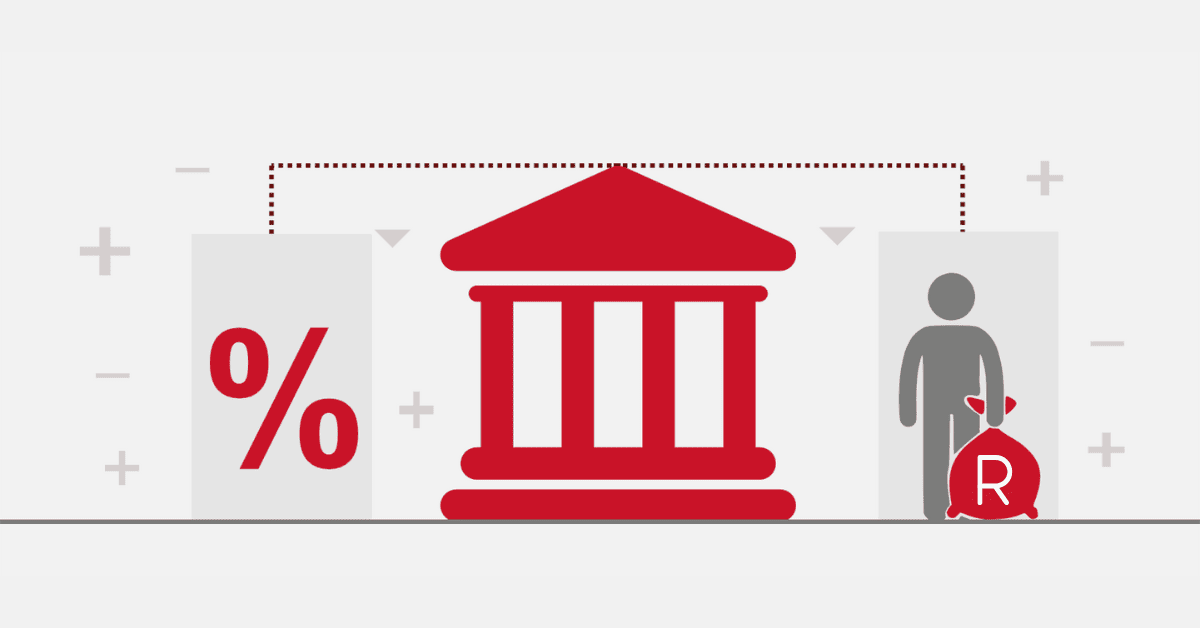While higher education in South Africa could be a door for many other opportunities, it comes with the challenge of having to deal with other relevant financial issues that necessarily aren’t that easy. Tuition, textbooks, accommodation, and other essential commodities that are necessary for a student’s quest for higher learning run into a lot of money, something that may not be okay for students from poor backgrounds.
Fortunately, there are various funding options to help ease this burden. From state-sponsored projects to private scholarships and savings plans, students can access a variety of available finances. This paper, however, attempts to critically discuss the various types of finance available for higher education in South Africa in the context of providing an all-inclusive look at the manner in which students and their families can navigate through the financial minefield of higher education.
Types of South African Higher Education Funding
National Student Financial Aid Scheme
It is one of the significant funds that financially assists students in South Africa. This fund was started to help students from poor families by providing bursaries to study at university, covering tuition, residence, study material costs, and even a living allowance.
For students to qualify, they must be South African citizens whose household income does not exceed R350,000 per annum or R600,000 for learners with disabilities. Its application process is simple and easy—it just requires students to provide their personal, academic, and financial details through the NSFAS website. This scheme has been highly instrumental in extending higher education access to thousands of students across the country.
External Bursaries
Bursaries are also a common way of financing, and they are provided mainly through companies, government departments, and nongovernmental organizations, among others. Just like in the case of the donors outlined above, a bursary does not require any payback. They are, however, highly competitive to get. Companies primarily award them based on academic performance or other social criteria, such as need or category of study.
Major companies, such as Sasol and Nedbank, award bursaries mainly to students studying engineering, accountancy, or other essential fields. Bursaries are also provided to students studying health by government departments, such as the Department of Health. Often, bursaries are attached to some serving conditions, such as working for a particular organization for which one needs sponsorship.
Ikusasa Student Financial Aid Programme (ISFAP)
Additional individual funding for students is the Ikusasa Student Financial Aid Programme (ISFAP), working together with many “missing-middle” students—in this case, those too rich to access the NSFAS loan but at the same time too poor to cover their tuition expenses. ISFAP offers comprehensive funding related to tuition, accommodation, and day-to-day living costs. Furthermore, they offer academic and psychosocial support to their students to ensure an entirely successful enrollment.
To be eligible for ISFAP, students should come from a household with an income of between R0 and R600,000 a year and should have been admitted into an underlined partner university. This takes the students through the online application, after which the students need to give or produce documents that include academic records and proof of income.
Merit Scholarships
Merit scholarships are targeted at those who have outstanding academic or extracurricular achievements. Scholarships typically reward merit and, therefore, do not address financial need as a barrier. University scholarships, private agencies, and charities are more accessible to high attainers. For example, the Allan Gray Orbis Foundation offers scholarships to students who demonstrate the potential of becoming young entrepreneurs but perform academically well.
In as much as these scholarships are very beneficial in terms of being financially relieving, they put many demands on the student. The recipient usually needs to maintain a definite grade point average and meet other conditions, such as community service or leadership roles.
Study Loans
Loans for students are conventional ways of financing studies at high-level academies, particularly for young people who are deprived of the right to be eligible for bursaries or scholarships. These loans can be borrowed from banks and other established money-lending institutions, whereby students pay back once they graduate and start working. Study loans cater to tuition, accommodation, books, and other related expenses in education.
Otherwise, interest rates on these kinds of loans also may differ, and for some institutions, one can even have repayment holidays until one completes the coursework and graduates. However, it can be risky to take on debt as a student, especially in a poor job market, so the student must care considerably when weighing that decision against the ability to repay that debt before borrowing.
Savings and Investment Plans
Planning specifically for higher education can default the need for loans or external funding. Education savings plan money grows if saved incrementally by parents or students. In South Africa, you could invest in an Education Trust or Unit Trusts earmarked for education costs.
These savings may include financing for tuition fees and other related study costs, such as accommodation. This certainly requires discipline and long-term planning, but it offers one financial independence and thus reduces one’s reliance on debt. Parents also invest in South African Savings Bonds or similar low-risk investment vehicles to make sure they will cater to their child’s education.
Employer-Sponsored Education Programs
Some South African companies differ from this slightly by offering educational assistance even for the employees or their children. These are tuition-based programs that may or may not include expenses like books and accommodation. Employer-based programs have a single key advantage: they take some burden off the student in terms of financial pressure, either on the student or the family.
However, this comes with its conditions, such as working with that company for a number of years as specified by the program after graduation. This may be a win-win situation where the student gains work experience, and the employer secures an employee with the qualifications they desire.
Crowdfunding
Recently, crowdfunding formally made an appearance as a funding lifeline for the education of contemporary students. BackaBuddy and Feenix are now such accomplishment types that permit seeking all the necessary money for study fees, textbooks, and living support publicly. This approach thrives on marketing the campaign and putting the message across to potential donors. It can serve to cover the costs of education, especially when one has a story that touches on the feelings of many people or when students involved in community projects are concerned. Crowdfunding will help the person build a network with different people who can offer other forms of support apart from finance.
Final Thoughts
Financing for this high education in South Africa requires a thoughtful strategic plan amid the many alternatives available. From government-sponsored schemes like the NSFAS and ISFAP to private scholarships and bursaries, learners have many roads upon which to approach their goals. Each source has its peculiar requirements in terms of criteria, benefits, and accompanying responsibilities, so research well and select which fits best in your scenario.













